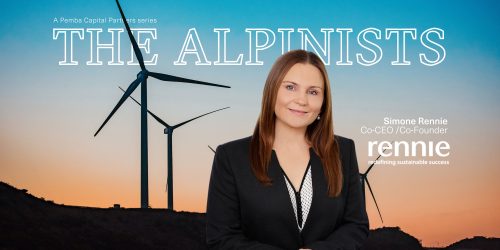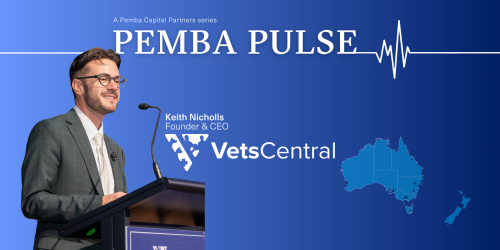Tom Simpson
I often speak with founders who are contemplating the role a growth investor could play in the context of their succession plan.
These conversations differ in detail and circumstance – however founders will regularly tell me that they are working towards an exit in three to five years and that perhaps we keep in touch until that point in time.
This response is understandable however what many may not understand is that to achieve an exit that meets their succession objectives in three to five years’ time, the planning process must start now.
Getting an early start is not only about maximizing the cheque size – other factors such as growth, people and legacy all feed into the succession equation and must be planned for well in advance.
Growth
To achieve a premium valuation on exit, growth and scale are two crucial factors that a potential acquirer will assess.
Rightly or wrongly, larger businesses are seen as less risky than their smaller industry peers. With this in mind, planning, investing in and executing on accelerated growth initiatives in advance of a potential exit will help to turbocharge the business’ growth and scale leading up to this point in time.
If there are inorganic growth opportunities, for example, a potential acquisition, the sooner you can identify, execute and integrate these opportunities, the better.
People
Depending on the eventual exit pathway, a potential acquirer of a business will most likely be looking to acquire a business with a strong and experienced management team.
If the founder’s objective of an exit is to retire, the business will need to go through the process of bringing in the appropriate talent well beforehand in anticipation for this moment.
This can be a time-consuming exercise – whether recruiting and integrating from outside the business or promoting internally.
A common pathway for doing this is for a founder to step back and assume a non-executive director role and assist with mentoring a new (internal or external) CEO during this transitionary period.
Legacy
I often refer to a founder’s SME as their “baby”. It is something they have spent a material period of their life building.
Understandably, just because a founder is selling their business, it does not mean that they are no longer concerned about its new home and future legacy. This factor is extremely important to some (but notably not all) and must be planned for.
Perhaps you would never sell to a competitor, or a large listed player. Understanding your legacy objectives before planning an exit can help to sculpt your business to a specific eventual buyer universe. This must be done in advance and may also directly influence the above growth and people considerations.
If you are a founder considering an exit in the short to medium future, consider how the above factors fit into your succession objectives.
Here at Pemba, we partner with founders via a partial exit to use our experience to help achieve the above.
If you are interested in learning more, please contact me.



